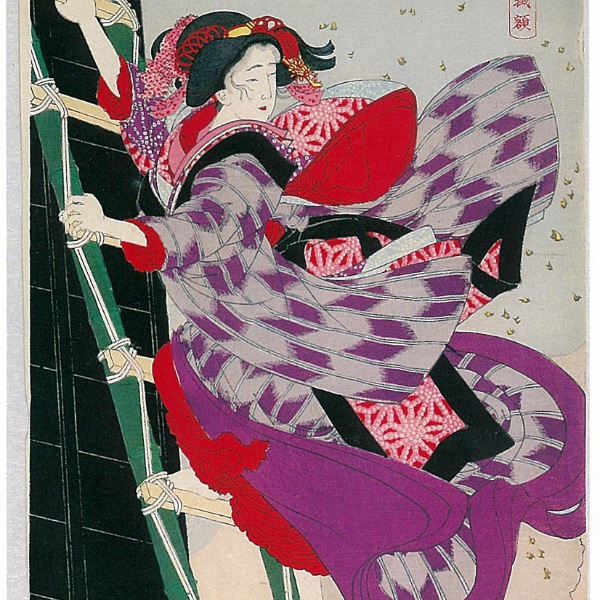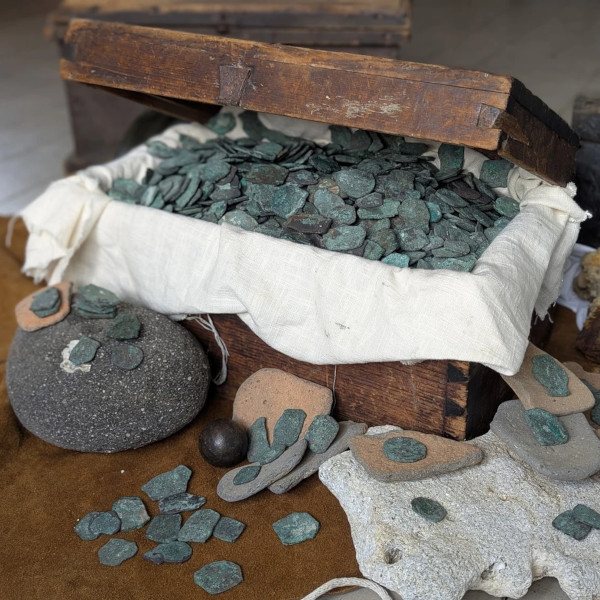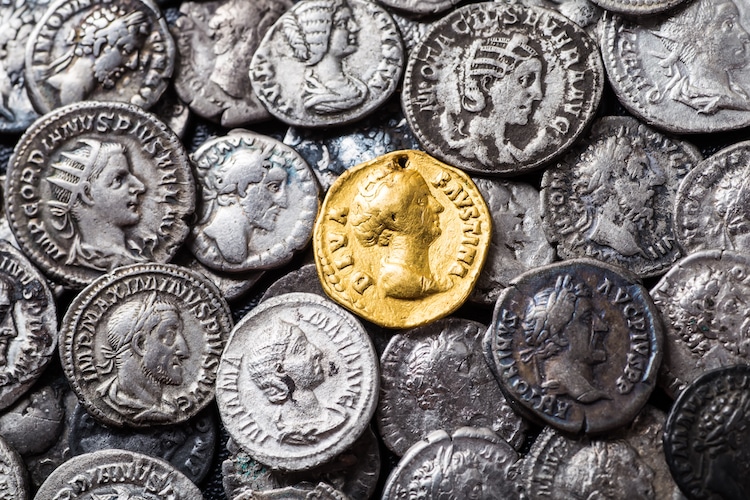
Stock Photos from Bukhta Yurii/Shutterstock
The Ancient Roman empire made lasting footprints in Italy and across Europe, the likes of which can still be seen today in architectural feats like the Pantheon and Hadrian's Wall. Although this famous regime spent almost 500 years as a republic, it is perhaps best remembered for the subsequent string of infamous emperors which transformed Rome into the perilous force that dominated the Mediterranean. Some of the names—like Augustus, Caligula, and Nero—have bled into the mainstream as much quoted characters from classic times. However, there are several other emperors that changed the face of Rome, whether for better or worse.
Scroll down to learn about seven fascinating Roman emperors: a few good, many bad, and a couple downright mad.
Augustus (Reigned from 27 BCE – 14 CE)
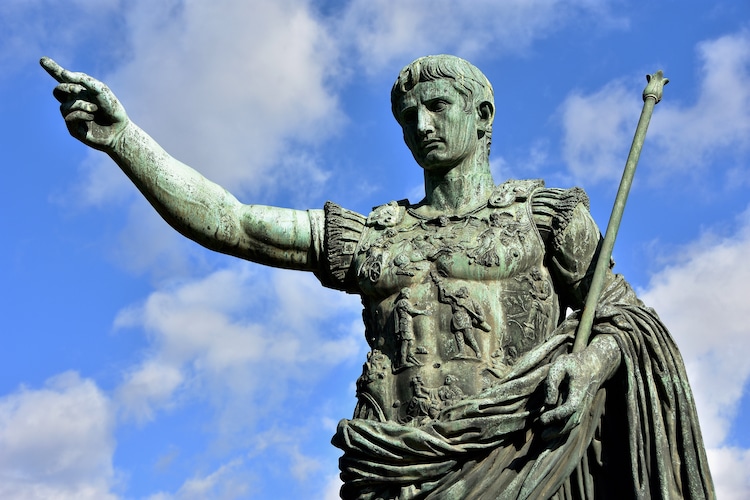
Statue of Augustus (Photo: Stock Photos from Cris Foto/Shutterstock)
Augustus (63 BCE – 14 CE) is best remembered for being the first Roman emperor. Originally born Gaius Julius Caesar Octavianus, Augustus assumed his name when he claimed the title of emperor in 27 BCE. The circumstances around Augustus's ascension were bloody, troubled times. As the great-nephew of Julius Caesar, Augustus promised to avenge his death, which meant battling Marc Antony and Cleopatra at the Battle of Actium in 31 BCE. Afterward, there was no one left to challenge Augustus's title and he reigned securely.
Overall, Augustus is remembered as one of the good Roman emperors. He brought the empire from the brink of chaos with the death of Julius Caesar into a prosperous and financially stable empire. Augustus helped facilitate many reforms, including new buildings, the Praetorian Guard, a police force, and fire brigade. Additionally, without inner turmoil, the empire was able to focus its efforts on expanding its territory into Germany and Spain. It was through Augustus's reign that the 200-year PAX ROMANA (Peace throughout the Roman Empire) began.
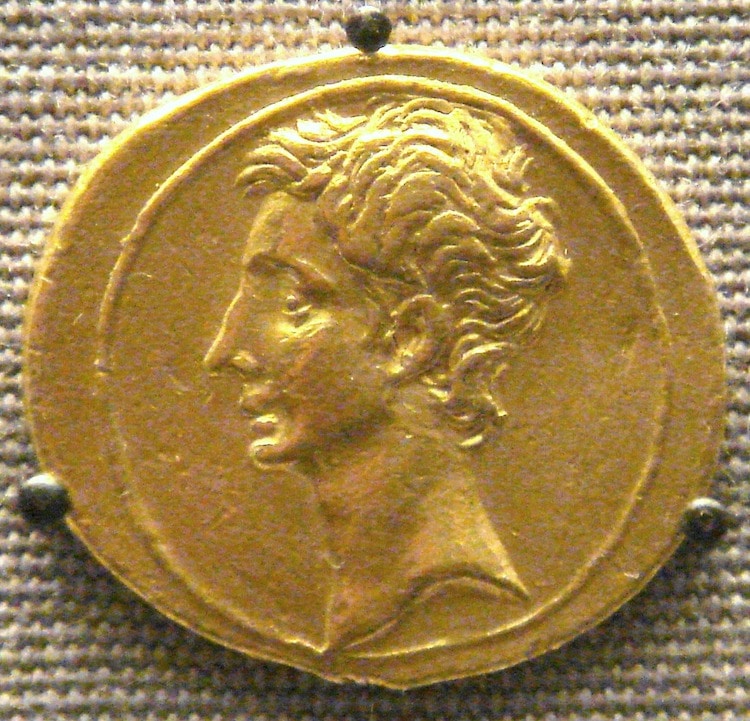
Augustus aureus, circa 30 BCE (Photo: Wikimedia Commons [Public Domain])
Tiberius (Reigned from 14 – 37 CE)
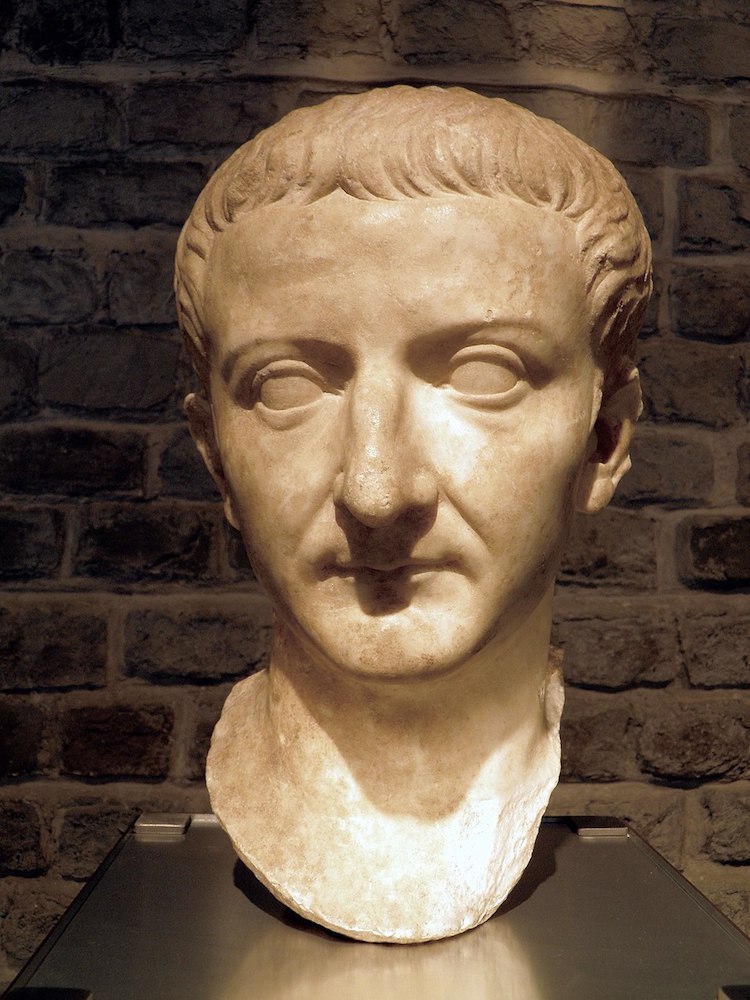
Bust of Tiberius, Romisch-Germanisches Museum, Cologne (Photo: Carole Raddato via Wikimedia Commons)
Succeeding Augustus as the second Roman emperor was Tiberius Claudius Nero, known simply as Tiberius (42 BCE – 37 AD). Although he was not the desired heir to Augustus's title, through a series of unfortunate deaths, Tiberius—Augustus's stepson—was eventually adopted as full son and heir. Tiberius was 56 years old when he finally became emperor in 14 CE.
Overall, Tiberius has a mixed reputation. His legacy as a general is star-studded—and he further expanded Roman territory into Dalmatia, Pannonia, Raetia, and parts of Germany. In spite of this, Tiberius was described as having a dark, paranoid countenance. Even Pliny the Elder referred to him as “the gloomiest of men” in his writings. In fact, Tiberius often acted as a tyrant, particularly with the Senate, even having dozens of senators executed. Towards the end of his reign, Tiberius retired to his villa on Capri and led a debauched life while neglecting command of Rome to Praetorian prefect Sejanus.
Caligula (Reigned from 37 – 41 CE)
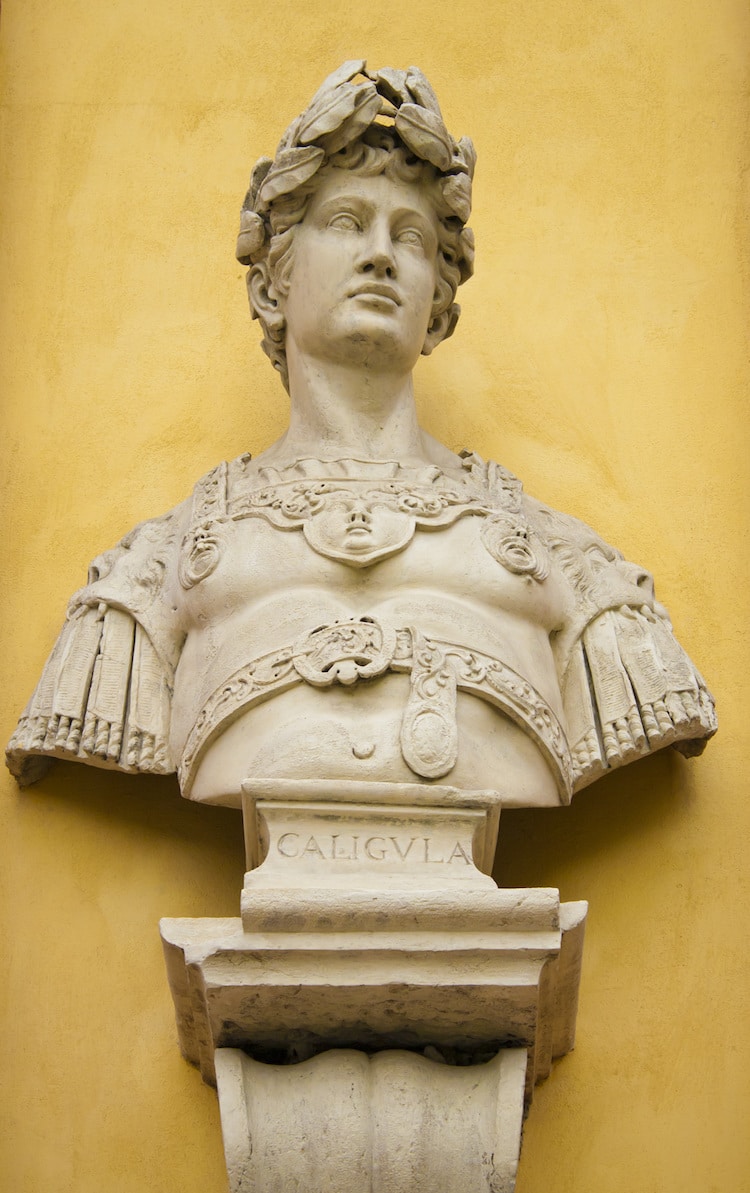
Bust of Caligula (Photo: Stock Photos from Kizel Cotiw-an/Shutterstock)
Caligula (12 – 41 CE) is a name that is almost synonymous with the idea of a ruler gone mad. However, when he first assumed the role of emperor in 37 CE following Tiberius, Caligula was very beloved. For the first six months, it is believed that Caligula was a benevolent young emperor.
Soon enough, though, as Caligula became accustomed to money and power, he began to descend into tyranny and madness. Among his many grievances was trying to increase the powers of the emperor, indulging in expensive luxuries while neglecting the Roman people, and executing close family members out of fear and paranoia. There were also several accusations of debauchery. Caligula's despotism was ended after five years with his assassination by officers of the Praetorian Guard.
Nero (Reigned from 54 – 68 CE)
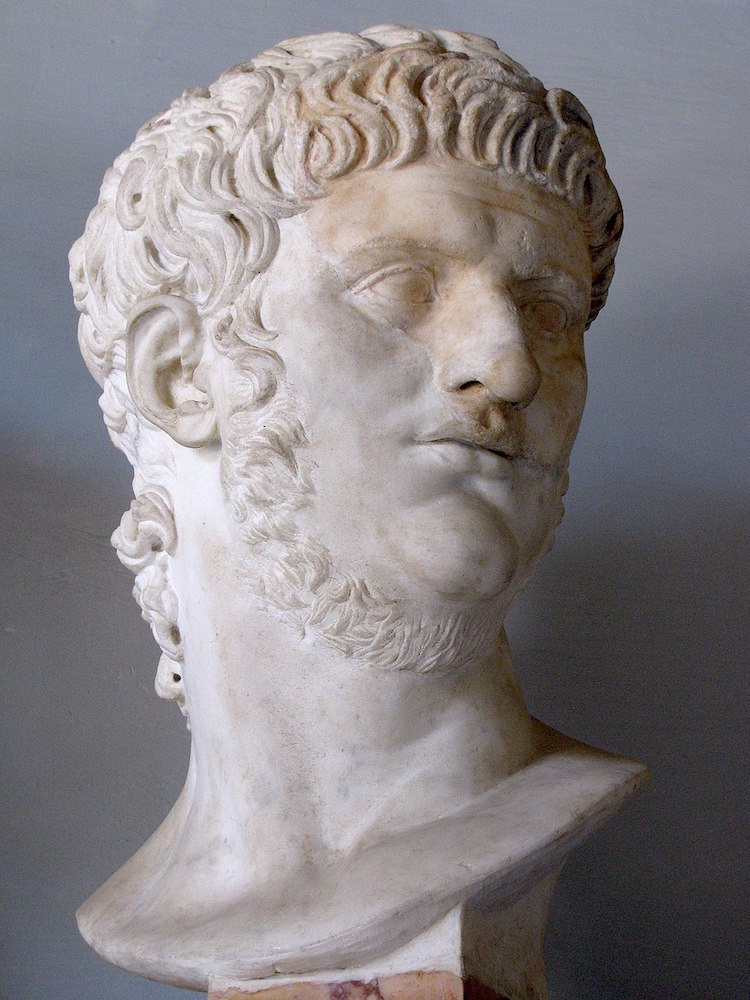
Bust of Nero (Photo: Wikimedia Commons)
Emperor Nero (37 – 68 CE) is another character with a heinous reputation. However, like Caligula, Nero had a slow start to tyranny. Actually, Nero assumed the title of emperor in 54 CE when he was still a teenager and was dependent on the calculated guidance of his mother, Agrippina the Younger. Nero's first five years were a very stable time for Rome. Scullard writes that Agrippina “meant to rule through her son,” so this brief window of cultural prosperity was likely thanks to her.
Events took a turn for a worse after Nero was convinced that his mother was plotting to murder him, and he had her assassinated. This action drastically altered Nero, and he retreated into lavish spending and delusions of grandeur. Like some of his predecessors, Nero also fell into deep paranoia, and executed many of those closest to him without restraint.
All of these twists and turns culminated in the Great Fire of Rome from July 18-19, 64 CE. Most sources believe that Nero started the fire, as he wanted enough space to build his “Golden House,” which included a 30-meter-tall (98-feet-tall) statue of himself. Nero, in turn, accused Christians of starting the fire, resulting in the arrest of many. Although it was unlikely Nero ever played the fiddle while Rome burned, he may as well have.

The Fire of Rome by Hubert Robert, 1785 (Photo: Wikimedia Commons [Public Domain])
Vespasian (Reigned from 69 – 79 CE)
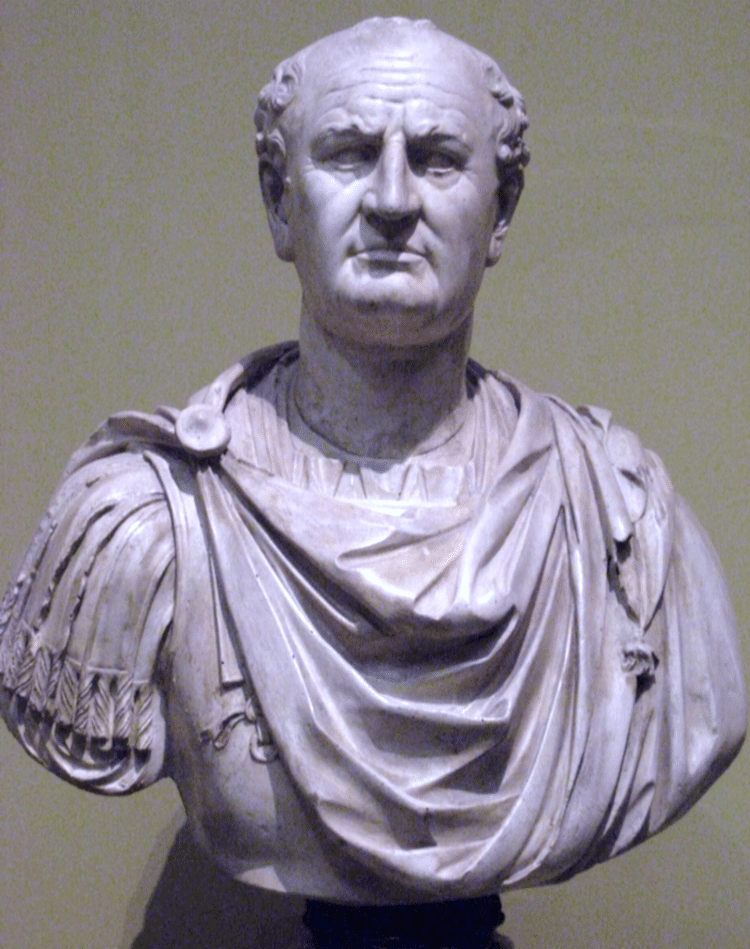
But of Vespasian (Photo: Shakko via Wikimedia Commons)
Vespasian (9 – 79 CE) was the succeeding emperor to Nero's reign of chaos, and had his work cut out for him. Actually, Vespasian was the first emperor to come from an equestrian family, who steadily rose through the senate. He is regarded as one of the good Roman emperors, for returning peace and growth to Rome after Nero's assassination. Vespasian began many architectural projects, including the Roman Colosseum, and provided monetary compensation for writers like Pliny the Elder and Tacitus.
Trajan (Reigned from 98 – 117 CE)
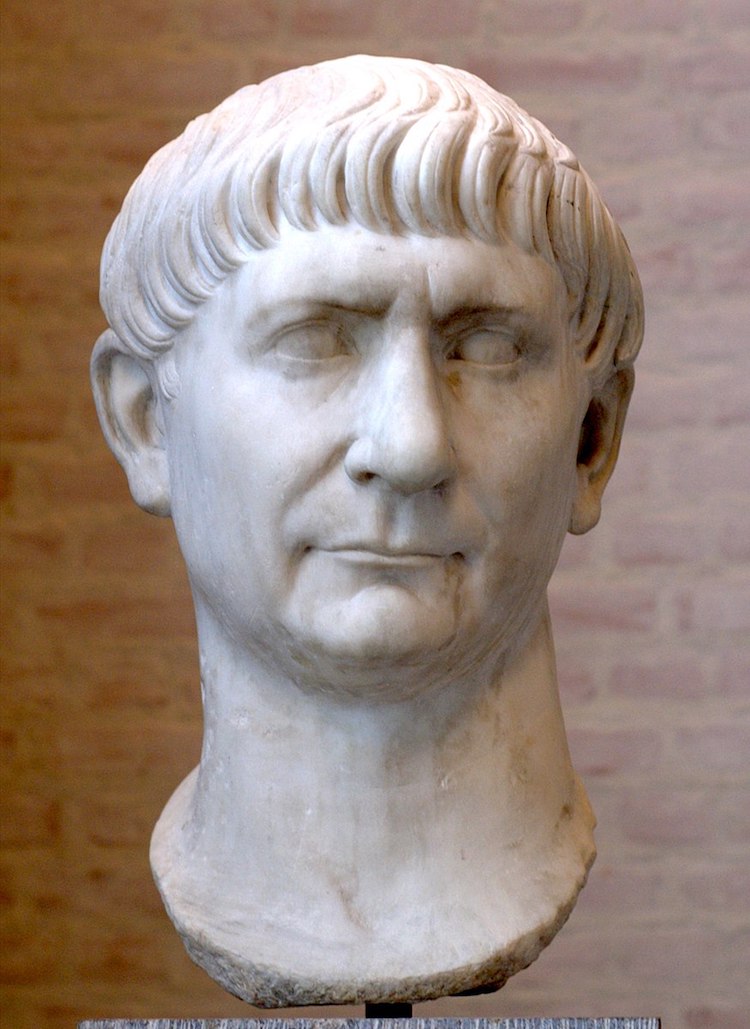
Bust of Trajan (Photo: Wikimedia Commons [Public Domain])
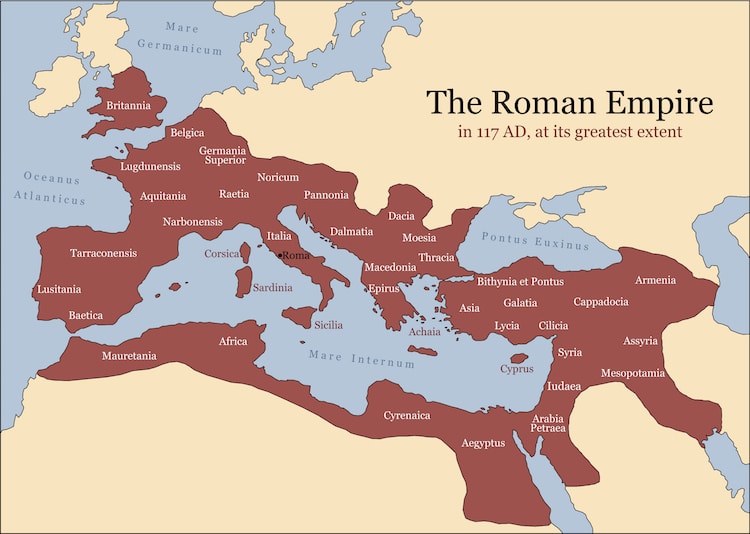
Stock Photos from Peter Hermes Furian/Shutterstock
Trajan was the first emperor not born in Italy, and originally from Spain. He began his career in the military, earning the love and respect of the Roman people. As emperor, Trajan then led the conquering of Dacia and a large part of the Parthian Empire. Additionally, Trajan developed ambitious building projects like Trajan's Forum and Trajan's Column.
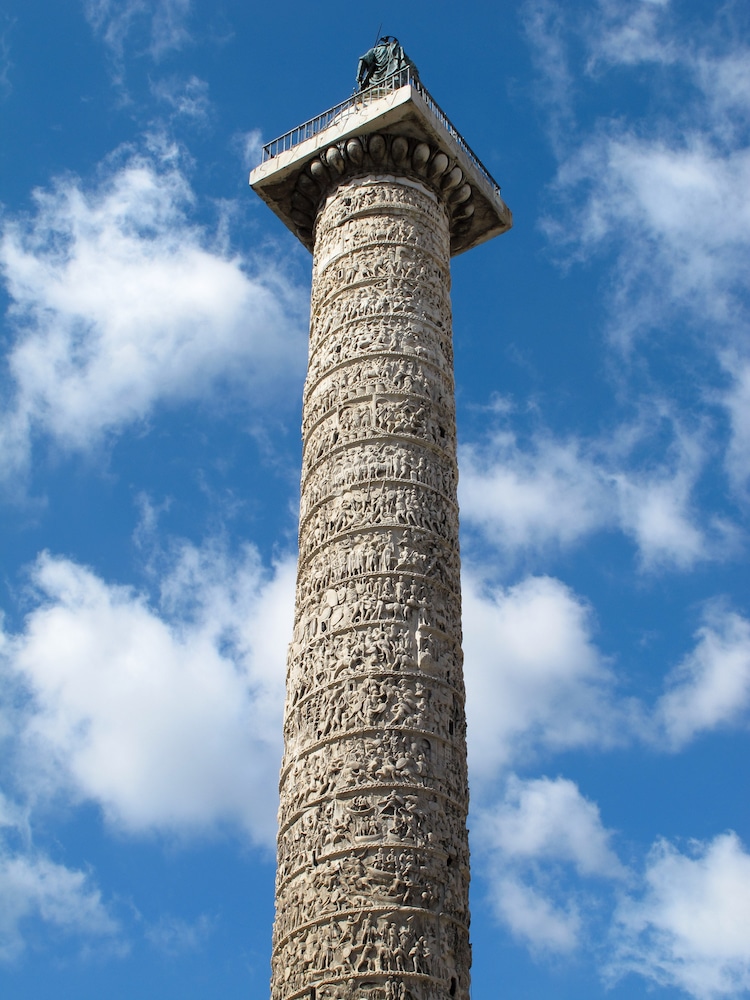
Trajan's Column (Photo: Stock Photos from 55101/Shutterstock)
Hadrian (Reigned from 117 – 138 CE)
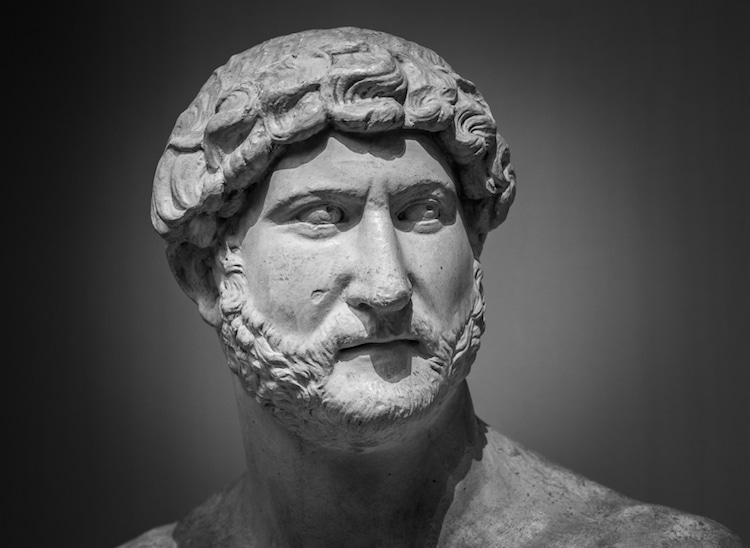
Stock Photos from Gilmanshin/Shutterstock
Hadrian (76 – 138 CE) had the advantage of inheriting a powerful and wealthy empire from Trajan, granting him a fortuitous start to his reign. Instead of pursuing further expansion as the senate wanted him to do, Hadrian spent his efforts on investing in the already large, complicated empire of, by this point, many diverse peoples.
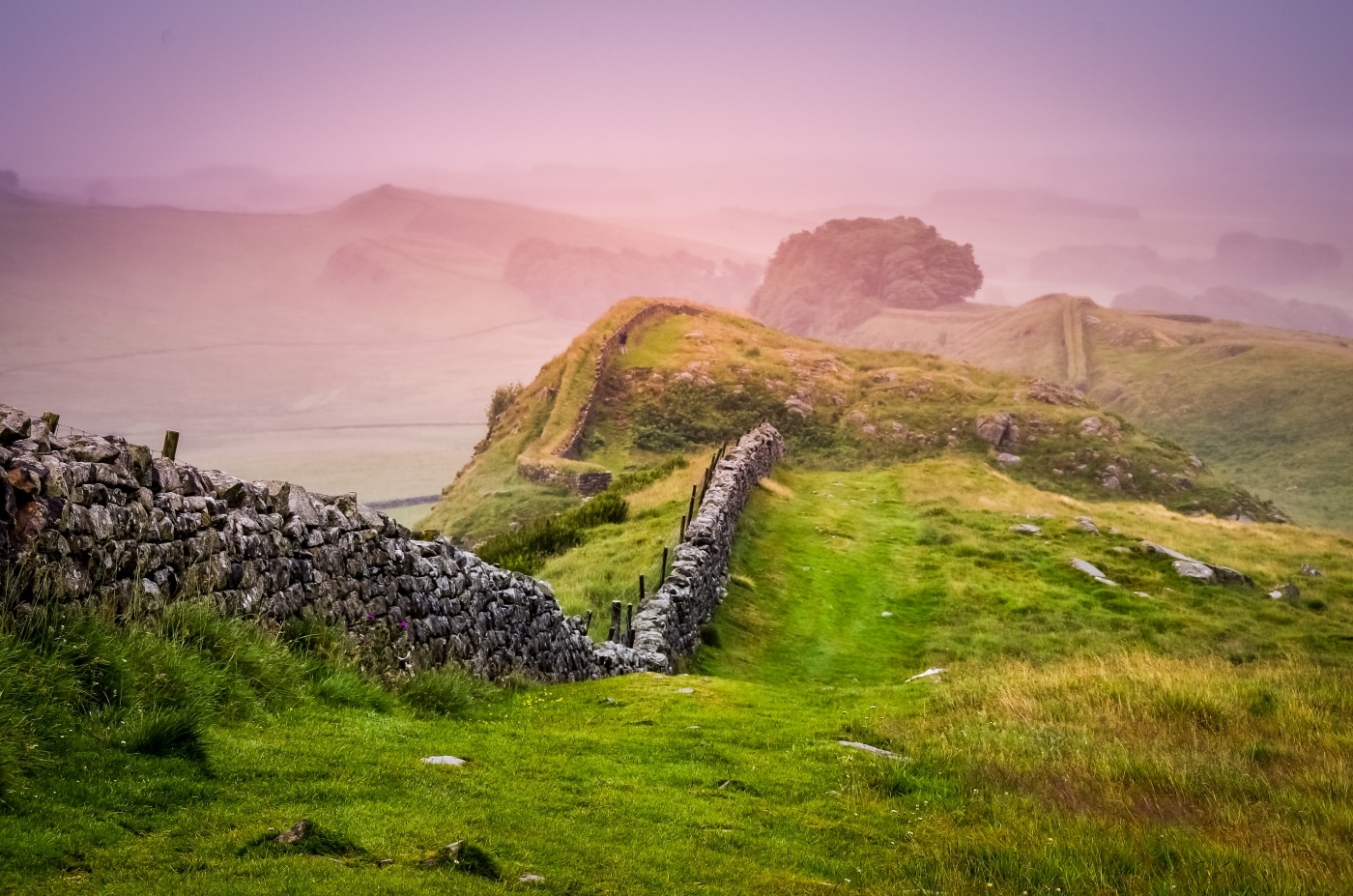
Hadrian's Wall (Photo: Stock Photos from elaine501/Shutterstock)
Hadrian's Wall was constructed under his watch, and it marked the northern limit of Rome's border in Britannia. Greek architecture was a life-long passion for Hadrian, which can be seen in his own building projects. Hadrian ordered the construction of dozens of lavish temples and baths across the Roman empire. Most famous of which is probably the Pantheon, which Hadrian had rebuilt after the earlier temple by Marcus Agrippa had burned down.
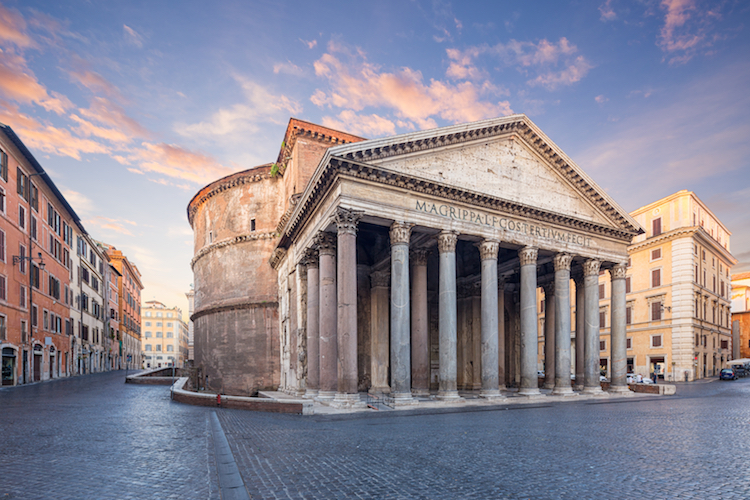
The Pantheon in Rome (Photo: Stock Photos from Phant/Shutterstock)
Related Articles:
Herculaneum: Pompeii’s Sister City That Survived a Volcanic Eruption in Ancient Rome
10 Facts About the Ancient Egyptian Queen Nefertiti
Who Was Alexander the Great? Learn 10 Facts About the Legendary Macedonian King and General











































































